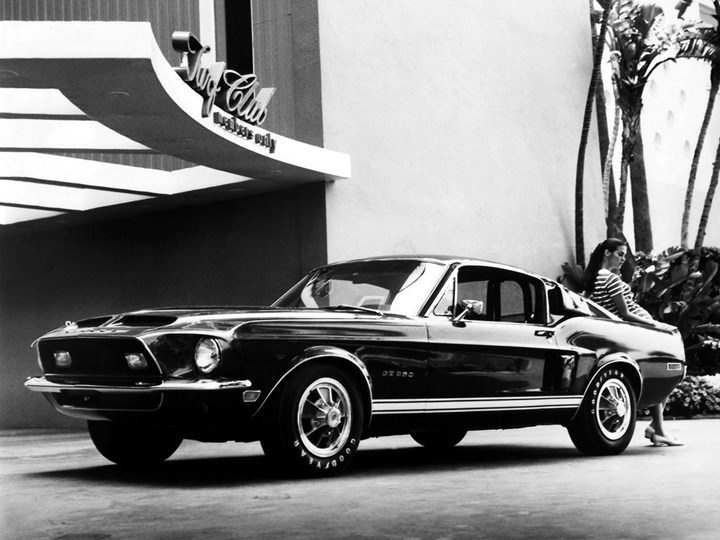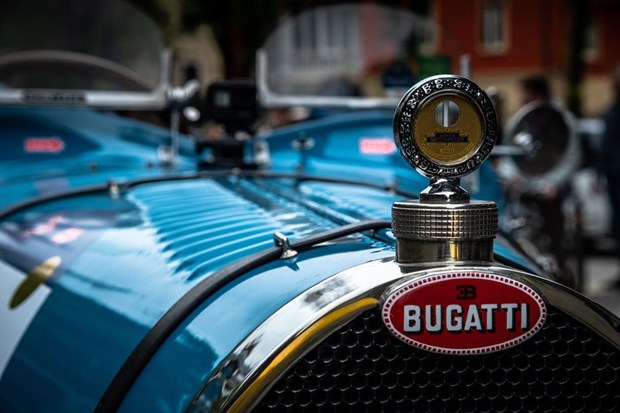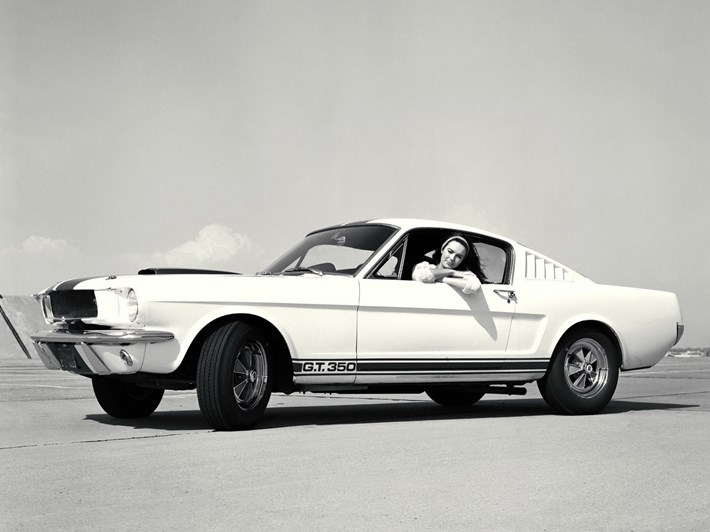
When Ford wanted to improve the performance of its Mustang, it turned to Cobra tuner Carroll Shelby. The result was beyond expectations...
Launched in 1965, the Ford Mustang was an affordable sports car with great looks. The problem was that it didn't really perform. At Ford, the need for a state-of-the-art version was felt and they naturally turned to wizard Carroll Shelby, the man who had accomplished the Cobra miracle a few years earlier. When he looked at the car, he pointed out two important areas for improvement: the chassis and the engine. The original Mustang had a rigid axle and leaf spring suspension at the rear, while the front end was far too soft to be precise. A thorough redesign was then undertaken with the addition of Koni adjustable dampers, stabilizer bars and the relocation of anchor points for better stability. The car was also slimmed down and received a fibreglass bonnet with an air intake, all of which enabled it to shed a total of around 100 kilos!
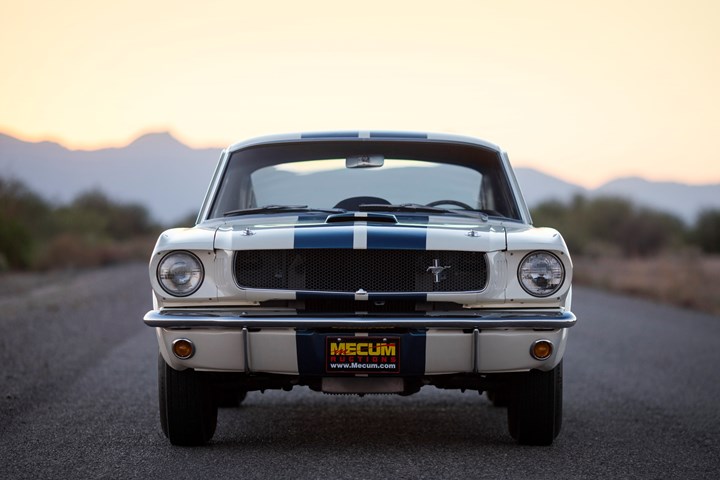
Simple preparation
As for the engine, the job was much simpler. Shelby based it on the 289 CI to which he added a reworked exhaust and a Holley carburettor, all to get 306 bhp. Combined with a 4-speed manual gearbox supplied by Borg Warner, a shorter rear axle ratio, disc brakes at the front and drum brakes (from the Fairlane) at the rear, it literally transformed the car! Recognisable by its two wide white stripes running across the body and its lack of ornamentation, the Mustang Shelby, christened GT 350, was sold at a high price ($4,547) and was limited to only 560 units.
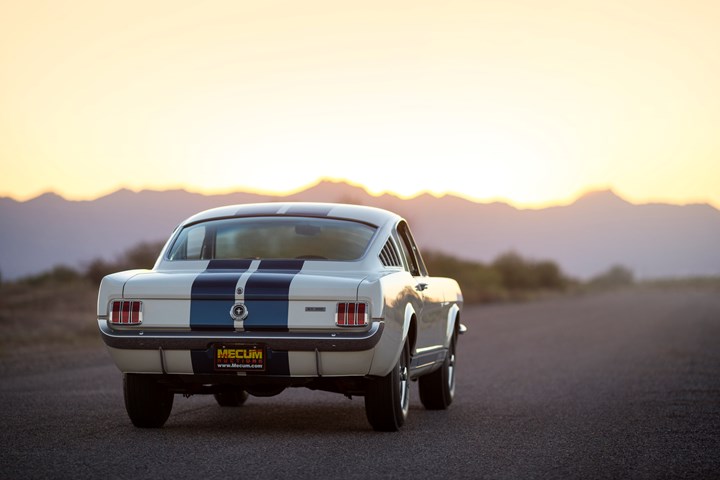
Sell more
Even though all the GT 350s were sold, Ford thought about a simpler and cheaper version of the car for wider distribution. The solution found was to limit the preparation of the car (return to the original running gear) and concentrate on the engine which, thanks to a few modifications, approached 400 bhp. Less radically, the GT 350 saw the number of its options expand in order to allow customers more possibilities for customisation. Available as both a coupe and a convertible, the "spicy" Mustang sold better. So much so that the famous car rental company Hertz included it in its fleet of vehicles. A special series called GT350 H (recognisable by its gold stripes, specific logos and standard car radio) was built in 1,000 units.
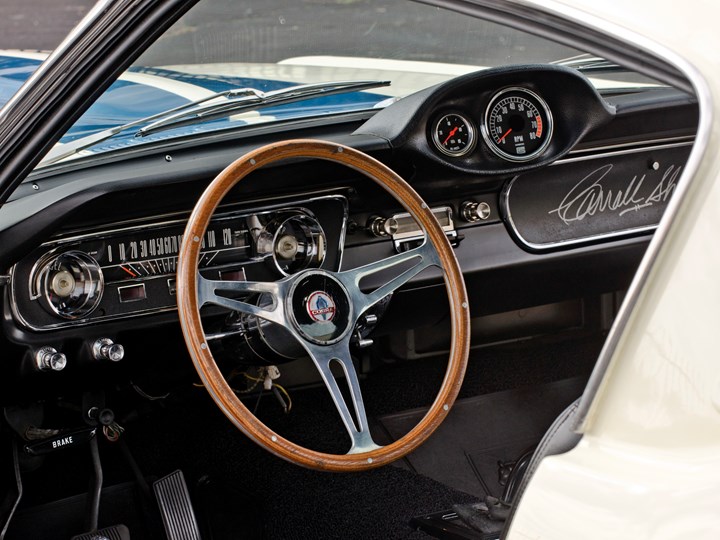
The beginning of the end
In 1967, the Mustang GT 350 underwent a radical change in design. The front end was made of composite materials, with a prominent front grille and lights set deeper into the bodywork. The rear end had an integrated bucket seat. New for that year was the appearance of the 428 CI big block engine under the bonnet. With 355 bhp, the car was renamed GT 500. The GT 350 remained in the catalogue and was gradually gentrified. From 1968 onwards, it was produced directly at Ford instead of in the Shelby workshops. The 289 engine was replaced by the new 302, which only developed 250 hp. Comfort was now favoured over performance. For its last year of production (1969), the GT 350 evolved further but not necessarily in the right direction. The 302 engine was dropped in favour of the 351 which, despite 40 bhp more, did not provide any more sportiness due to the increased weight of the car. The more toned down 350 GT was less successful. So much so that unsold cars were still being offloaded in 1970! The Shelby Mustang was then relegated to the shelf of memories until 2005, when Ford once again marketed a vehicle bearing this "historic" name. Today, all GT 350s are sought after and it costs from €70,000 to over €200,000 to buy one. The rarer 65 is also the most coveted.
